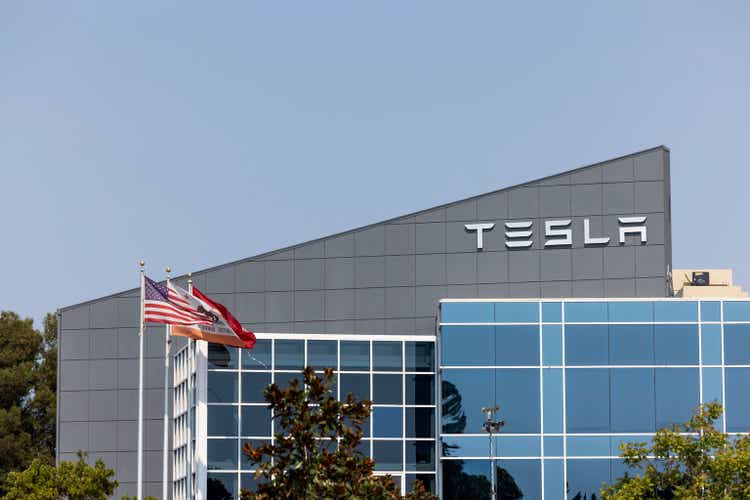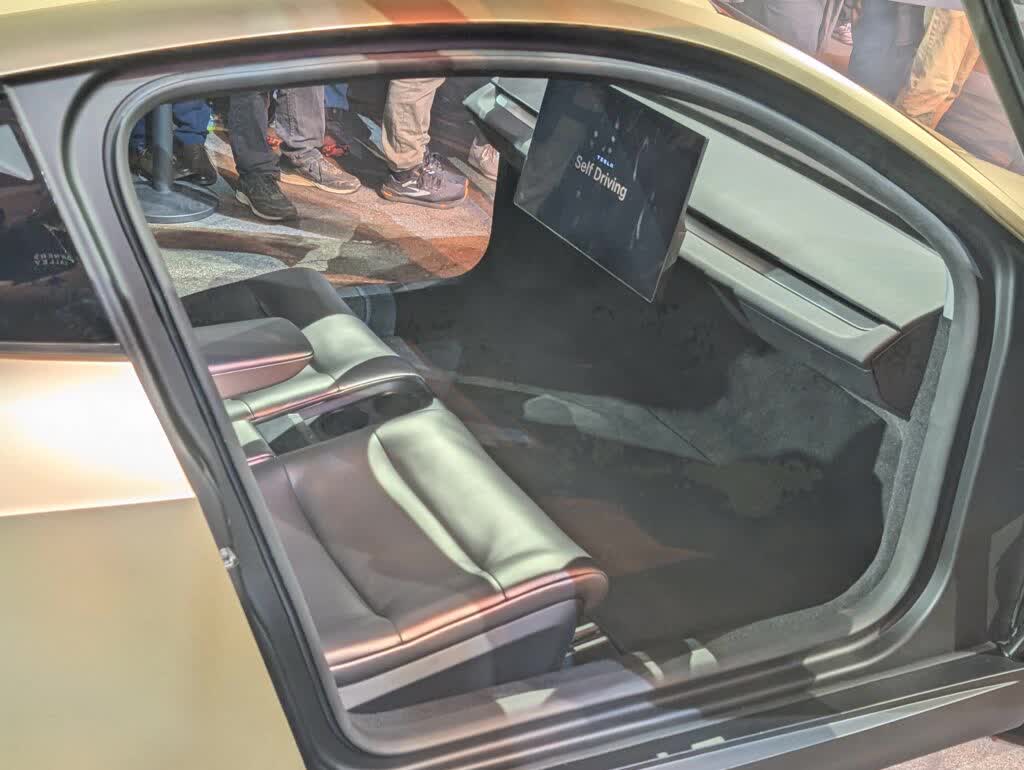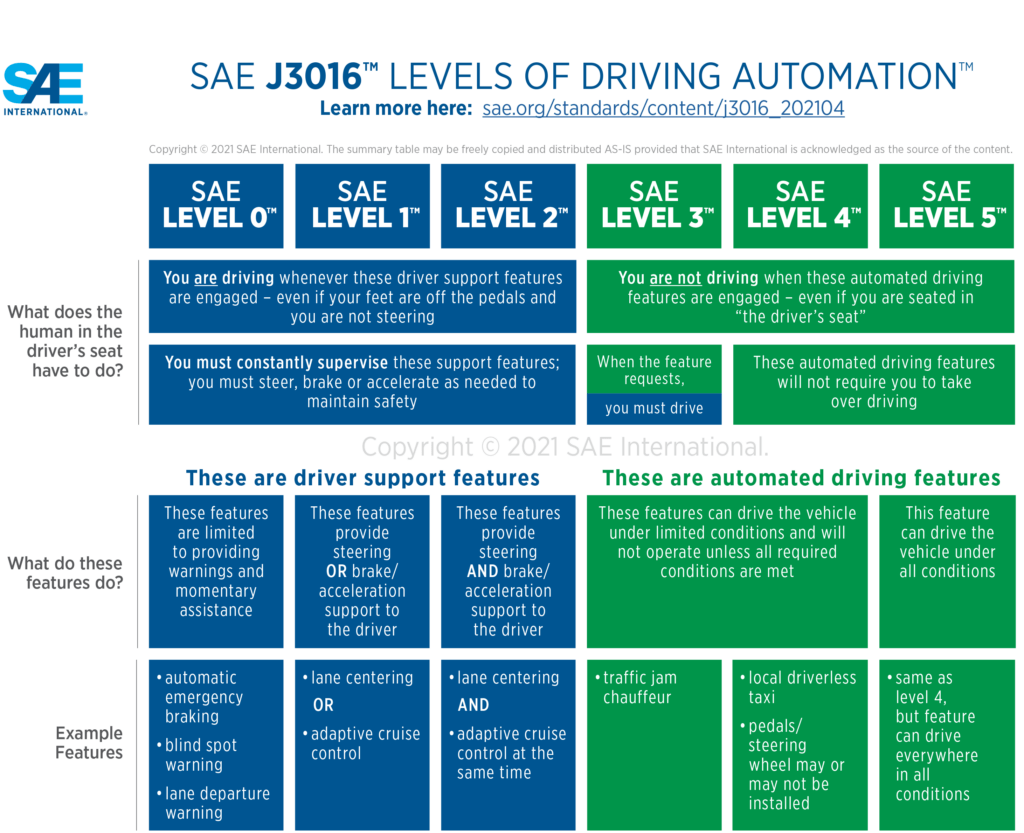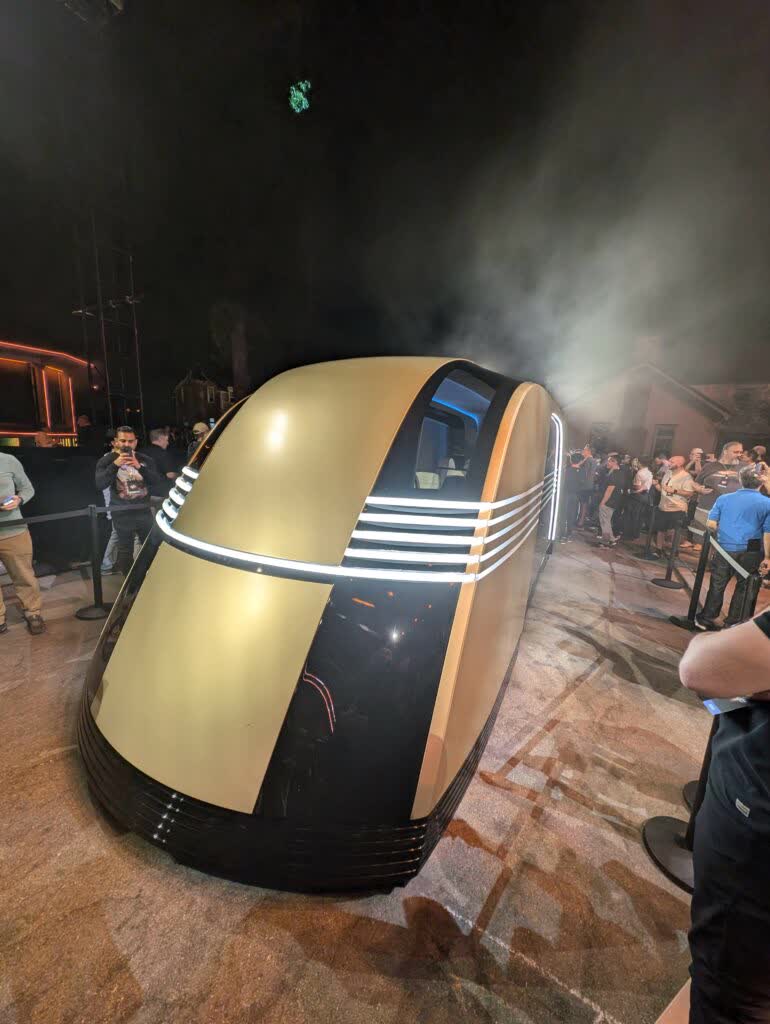Summary:
- Elon Musk gave a cost per mile figure of $0.20, said the vehicle would cost under $30,000, and noted that it would include Tesla FSD hardware version 5.
- In terms of company risk, what makes these promises different from the many promises of full self-driving, Musk has made in the past is that this time he has dedicated real resources to a production line for making the Cybercab.
- Tesla has not made reservations possible for Cybercabs or vans, and it seems like neither product is really that close to production.
JasonDoiy
On October 10th, Tesla (NASDAQ:TSLA, NEOE:TSLA:CA) hosted its highly anticipated “We, Robot” event on the Warner Brothers lot in Hollywood. The glitzy showcase offered a glimpse into Tesla’s vision of a future of autonomous transportation and artificial intelligence. I showed up to see and hear firsthand the revelations and promises made by Elon Musk and company. In this post, I’ll break down the key announcements, analyze their potential impact, and offer my thoughts on Tesla’s ambitions.
The Cybercab
The Cybercab subjectively to me looks cool: small, sleek, simple, aerodynamic. No-nonsense transportation but with a sense of style. It’s a two-seater with butterfly doors, a reasonably spacious trunk, and, as advertised, no wheel, pedals, or controls other than the screen.
Cybercab Interior. Photo: Garvin Jabusch
Lack of Technical Details
But details about what’s under the skin and other specs were sparse. Addressing the group, Elon Musk gave a cost per mile figure of $0.20, said the vehicle would cost under $30,000, and noted that it would include Tesla FSD hardware version 5 (current Tesla’s are shipping with hardware 4). And… that was it in terms of specs. They’re not even citing an estimated range.
Musk’s slide deck showed off an inductive charging system, which would allow the Cybercab to merely park in a spot and be charged, no human intervention required, and a robotic cleaning system, which looked like it would work well with the butterfly doors open.
Tesla gave us a chance to experience the Cybercab, and in the demonstration ride itself, the vehicle seemed to work perfectly fine. But it was on a closed, highly controlled course of maybe half a mile, and we never exceeded 5 mph. The experience wasn’t too dissimilar from my memory of going on the “It’s a Small World” ride at Disneyland when I was 10 years old – in 1977. The lack of wheel and pedals did not seem especially revolutionary in that context.
The Challenge of Full Autonomy
But this brings up another important point: No wheel or pedals means Tesla must actually solve completely autonomous robotic driving before they can sell even one of these things. Musk said from the stage that they will have finally cracked that problem by the end of next year. But it’s hard to take him too seriously because, as we all know, he’s been promising that since 2016. Tesla’s AI and super computing infrastructure and capabilities continue to get better, so at some point they may actually solve truly autonomous driving, but I would hate to be the oddsmaker setting the over/under on when that will be. In any case, Elon said he thinks California and Texas will be the first places they offer the Robotaxi service, and he said it will be by the end of next year, pretty much for sure. He also asked us to believe that Tesla’s entire fleet, including existing cars, would achieve full autonomy before Robotaxi’s projected 2026-2027 launch. Draw your own conclusions about full level 5 autonomous driving (not geofenced a la Waymo), and regulatory approval (e.g., producing a steering wheel-less Cybercab will require waivers from the federal government) both occurring by the end of next year. For reference, Elon clarified onstage that for his purposes, level 5 means being able to get in your car, set the destination, fall asleep, and wake up when you’ve arrived.

Company Risks and Strategy
In terms of company risk, what makes these promises different from the many promises of full self-driving Musk has made in the past is that this time he has dedicated real resources to a production line for making the Cybercab. Deploying the capital expenditure toward building a car that entirely depends on a so far non-existent technology strikes me as a heck of a dice roll. I mean, why not, as an intermediate step, release a geofenced version just so you’re not staking so much on a fully autonomous version that may still be years away? Tesla’s huge new data center is coming online in Texas next year, and maybe that will enable a large leap forward in full autonomy, but that’s the problem, we really don’t know.
To defray this risk, Tesla should simply make a version with a steering wheel because the existence of a Cybercab (the first 20 of which were present at the event) with a <$30,000 price tag shows they may know how to manufacture that. Why not make and sell a drivable version to defray some of this risk? True, perhaps introducing a specialized Robotaxi model, dedicated solely to autonomous ride-hailing, would prove more cost-effective and less complex than adapting the vehicle design for a human driver. Okay, but only if Level 5 works relatively soon.
It seems to me that a solid, bordering on cool, EV under $30k will have a large potential market in a world where cheap yet great Chinese EVs are popular enough to inspire draconian protectionist trade measures in the US and Europe. It’s simple: people really just do want a cheap EV almost anyone can buy.
The Robovan Unveiling
The event also included the unveiling of a new Robovan (which Musk pronounced Ruh-bow-vun), but here again there was very little to nothing in the way of specs or operating information, not even a potential timeline for production. It is Art Deco-inspired, and subjectively, to me, does look kind of cool. But as one equity analyst who was also there covering the event said to me, “sure, it looks cool. If they ever make it!” Also note that there are no controls within the van, meaning level 5 autonomy has to be cracked for the van to be a thing, as well.
Tesla has not made reservations possible for Cybercabs or vans, and it seems like neither product is really that close to production. Which begs the question, why did they have the reveal event now? Why not wait until things are more fully baked, and actually open the order book? Unlike with previous launch events, there’s no pre-order page for interested parties to visit.
Robovan concept. Photo: Garvin Jabusch
Optimus Humanoid Robots
The Optimus humanoid robots also made an appearance and seemed to work okay, doing things like dancing and serving drinks. Discussion at the event was that they were being remotely controlled by humans, so maybe, like with full self-driving as it is today, humanoid robot autonomy kind of works but still requires human assistance. In any case, Tesla was not clear about that, so we don’t know what Optimus is capable of today. So, there’s no telling if and when Optimus will be a real, useful product you can buy (Musk quoted $20-to-$30,000), but if it does become one, it could be a legitimately huge source of revenue for Tesla. Which you could think of, variously, as an exciting shot on goal for potential future revenue growth, or, as yet another bunch of capex and brain power being spent on something that hinges on the critical dependency of real-world embodied AI being able to navigate better than a human can.
Musk’s Vision of the Future
An overarching point Musk was making though was about the inefficiency and unsustainability of our current transportation systems and human labor capacity. Musk was asking us to imagine a world where our commutes are free from traffic jams and parking woes, where self-driving vehicles reduce accidents and fatalities, and where cities can reclaim space for parks, businesses, and homes. He invited us to consider that the long-term goal of Optimus is to give humans back valuable time, whether through help around the house or assistance in factories.
Bottom Line
Tesla’s “We, Robot” event painted a picture of a future where autonomous transportation and artificial intelligence seamlessly integrate into our daily lives. The vision of traffic-free commutes, safer roads, and reclaimed urban spaces, and freed up human time and labor, is undeniably appealing. However, the lack of concrete details, optimistic timelines, and the company’s history of unfulfilled promises in the realm of full self-driving technology give me significant pause. While Tesla’s ambitious projects like the Cybercab, Robovan, and Optimus robot do show the company’s still-innovative spirit, the path from concept to reality remains fraught with technological, regulatory, and practical challenges. The road to an AI-driven world is longer than Elon Musk and his team suggest.
Disclosure: None
Editor’s Note: The summary bullets for this article were chosen by Seeking Alpha editors.
